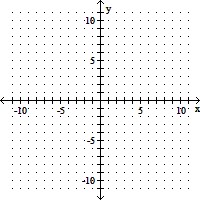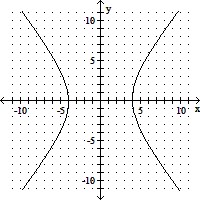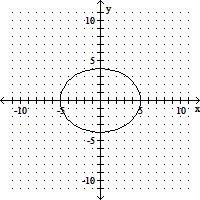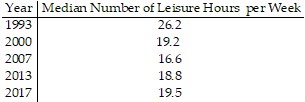Write the first six terms of the sequence beginning with the given term. Then calculate the first and second differences of the sequence. State whether the sequence has a linear model, a quadratic model, or neither.
?
a1 = 3
?an = an - 1 - n
A. 0, 3, 1, -2, -6, -11First differences: 3, -2, -3, -4, -5Second differences: -1, -1, -1, -1Quadratic
B. 0, 3, 1, -2, -6, -11, -17First differences: -2, -3, -4, -5, -6Second differences: 1, 1, 1, 1Linear
C. 3, 1, -2, -6, -11, -17First differences: -2, -3, -4, -5, -6Second differences: 1, 1, 1, 1Quadratic
D. 3, 1, -2, -6, -11, -17First differences: -2, -3, -4, -5, -6Second differences: -1, -1, -1, -1Quadratic
E. 0, 3, 1, -2, -6, -11First differences: 3, -2, -3, -4, -5Second differences: 1, 1, 1, 1Quadratic
Answer: D
You might also like to view...
Graph. -
-  = 1
= 1
A. 
B. 
C. 
D. 
Find the exact solutions to the quadratic equation, using a method of your choice.9x2 + 27x + 20 = 0
A.  ,
, 
B.  , -
, - 
C. -  , -
, - 
D. -  , -
, - 
Solve the problem.The following table shows the median number of hours of leisure time per week for Americans in various years. Let f(t) be the median number of hours of leisure time at t years since 1993. The data can be modeled by the quadratic model
Let f(t) be the median number of hours of leisure time at t years since 1993. The data can be modeled by the quadratic model  Use the model to estimate the year when the median number of hours of leisure time was the smallest.
Use the model to estimate the year when the median number of hours of leisure time was the smallest.
A. 2008 B. 2009 C. 2007 D. 2006
Solve using the multiplication principle.-90 = -6n
A. 84 B. -84 C. -15 D. 15